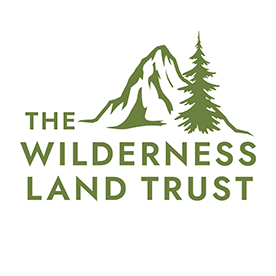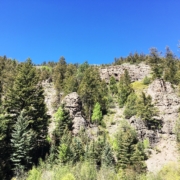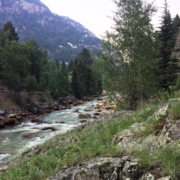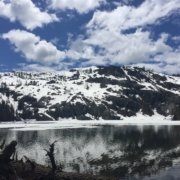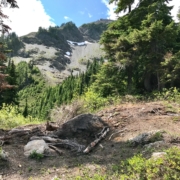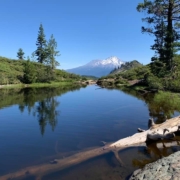How protecting wilderness is key for the biodiversity loss crisis
January 13, 2023-
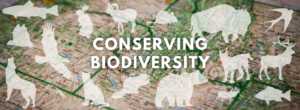
We are in the midst of a global biodiversity loss crisis. Species are going extinct at a rate of 1000x faster than without human influence. Globally, wildlife populations have dropped an average of 69% between 1970 and 2018. But research has shown that protecting habitat is one of the key solutions for slowing this loss. In fact, the higher the level of protection of an area, the better job it does at conserving biodiversity.
Almost 60 years ago The Wilderness Act set forward the strongest set of protections for our public lands with a vision of maintaining our wildest places for future generations. It envisioned “an area where the earth and its community of life are untrammeled by man, where man himself is a visitor who does not remain.” When ranking different kinds of protected areas around the world, the International Union for the Conservation of Nature classifies designated wilderness in the United States as a Category 1 protected area, meaning it has the highest degree of protection.
That means that protecting wilderness areas is key to combating biodiversity loss in the U.S. Wilderness areas are some of the only protected areas large enough to allow natural ecosystem processes like cycles of fire to operate in a natural state, and to allow wide ranging carnivores like grizzly bears, lynx, and wolverines the room they need to roam.
At The Wilderness Land Trust, this is one of the factors driving our work and determining where we focus our efforts to acquire and transfer private wilderness inholdings to public ownership. By removing these gaps in protection across the landscape, we can protect key habitat areas, give wildlife clear corridors to migrate and adapt to a changing climate, combat climate change by maintaining ecosystems such as forests that sequester carbon, and expand protection in biodiversity hot spots with high species richness and rare species.
When we report our recent acquisitions and transfers to you, you’ll often see properties ranging from 20 to 200 acres protected. In the scale of the 111 million-acre federal wilderness system, these small parcels may seem inconsequential. But the benefits of their protection stretch far beyond their borders. Their protection can mean the difference between a fence line blocking an annual migration route from summer to winter habitat or a septic tank leaching into one of the last spawning grounds for native trout or salmon. No matter their size, protecting them is key to conserving our remaining biodiversity.
